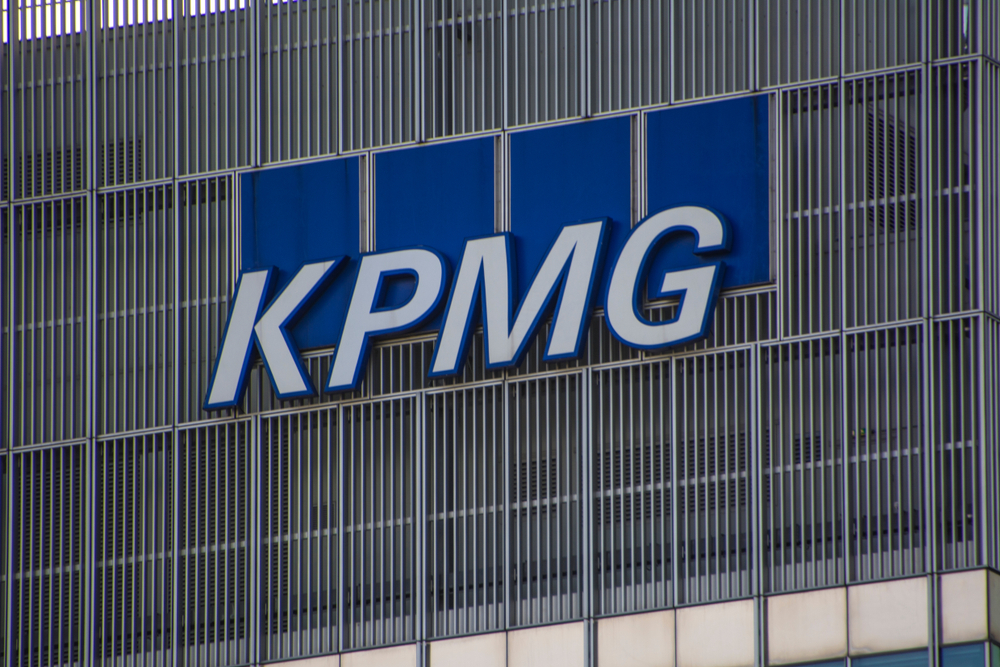Don't be an eDiscovery Warning Label
The challenge of ensuring all potentially relevant documents are produced using a reasonable document review process is not to be taken lightly.
The paradigm of discovery review has been altered significantly in the last decade. Growing data volumes, rolling collections, inconsistent quality control and uncertainty around uses of technology assisted review can impact a standardized review process. Designing a defensible document review process necessitates knowledge of the Federal Rules and recent case law combined with careful planning, comprehensive workflows and the use of technology.
Technology advancements provide the means to significantly reduce datasets and use objective metrics to track the handling of each document reviewed. However, great technology alone will not demonstrate a reasonable document review effort. It is only when the technology is combined with a customized process designed by qualified professionals to meet the particular needs of the litigation that defensibility is attained. All good processes start with a contextual understanding—an overview of FRCP 26(g), FRE 502 and relevant case law provide the foundation for implementing a defensible review process.
Litigators sign FRCP 26(g) certifications every day stating that based on “knowledge, information, and belief formed after a reasonable inquiry” their client’s discovery responses are “complete and correct.” What they may not be focused on is the Advisory Committee comment that Rule 26(g) “obliges each attorney to stop and think” before making the certification.
Designing Your Document Review for Defensibility
The challenge of ensuring all potentially relevant documents are produced using a reasonable document review process is not to be taken lightly. Once the document review begins it generally proceeds quickly in order to meet deadlines often negotiated without the benefit of knowing the full scope of the undertaking. This is where a process designed to support the integrity of a FRCP 26(g) certification becomes not only a desired outcome but a business imperative.
The article is brought to you by Daegis, providing managed document review services, proven technology assisted review and hosted review for corporations and law firms.
Read the rest of the white paper for relevant case law and to learn more about designing a defensible document review process. You will learn:
• Steps to set up a defensible review
• Delivering confident FRCP 26 (g) certifications
• Roles and responsibilities of the review team
• Quality control and communication best practices
Write a letter to the editor, share a story tip or update, or report an error.This content is advertising.



